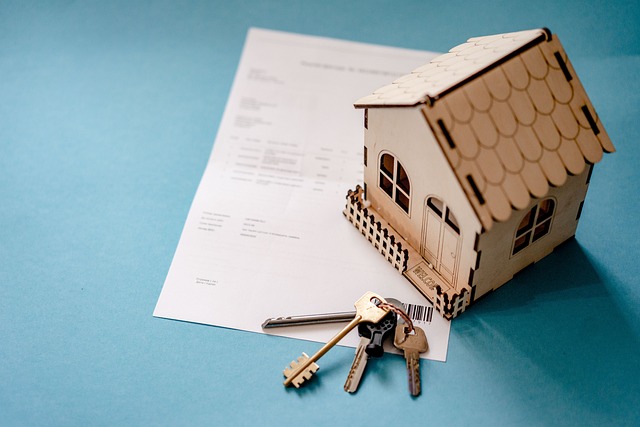Since the triumphant advance of the zero-interest-rate policy of the world’s largest central banks, experts warn against high inflation. The investment recommendation has not changed over the years: real assets, assets, assets. The idea: what has an intrinsic value does not lose it. Real assets are preferable to financial assets, because inflation rises, and the prices of real assets rise. On the other hand, paper money can become worthless, financial wealth brings practically no interest and, even with low inflation, loses its purchasing power over time.
Historically, real estate is ahead
For savers and investment professionals, this strategy focuses on real estate and equities alike. No matter in which currency and at what time: Stones and land are preserved and have a value. Shares, on the other hand, are securitized ownership shares in companies; stock prices automatically take inflation into account. And in fact, both the real estate market and the stock market have been booming for years. Which system is superior?
Moritz Schularick, economics professor at the University of Bonn, together with other scientists * traced vast amounts of price and price data from 16 countries far back in time. With the data, he was able to compare the returns of equities and real estate. The result is likely to have surprised even professionals: In the nearly 150 years from 1870 to today achieved real estate a higher average yield than equities.
On average across all 16 countries, real estate gained around 7.8 percent per annum. By contrast, equities returned 6.9 percent annually. Bonds are just as far off with just under 1.5 to two percent as bank deposits with only 0.3 percent yield.
Schularick does not consider the average yield differential between equities and real estate to be serious. “The order of magnitude is similar, but of course the averages vary by country and time horizon, and France was surprised by a very low return on equities, which could be because France nationalized many large companies,” explains Schularick. Over the entire period France therefore achieved an annual return of just 2.9 percent. The return on property was significantly higher at 6.4 percent. However, since the eighties, the picture is quite different: 5.8 percent real estate return compared to 8.3 percent equity return in France.
Distinct differences in the countries
The results for Germany differ slightly. For example, real estate prices in this country have been able to grow by around 7.9 per cent over the entire period, and share prices have dropped by one percentage point less per year. It is interesting, however, that since 1950, the stock return in Germany exceeds that of the real estate. The difference is particularly clear from 1980 onwards. On average, real estate prices have risen by only 4.1 percent since 2015, while equities dropped a good ten percent of their return per annum.
The fact that real estate in any case bring in more return than stocks, so the study may not be so easy to be closed. For example, Schularick talks about a “hockey stick” in the historical development of real estate prices. This means that the real estate price curve is initially flat, as it was for a hockey stick – over many decades – but has been rising steeply since the mid-20th century. Schularick attributes this primarily to rising real estate prices, which benefited from the dramatic drop in transport costs due to rail and steam shipping. As a result, this ensured that remote areas for the economy and population could be developed. Also the destruction in the course of the world wars let the real estate requirement rise strongly.
The high real estate yields are not a natural law, but a still young development. For example, the researchers found that Australia historically has the highest real estate yields. Germany, on the other hand, is more likely to find itself at the bottom. In this country, for example, real estate prices hardly moved in the two decades before the start of the most recent real estate boom in 2010. In the US and Spain, however, real estate bubbles burst during this time, house prices plunged massively. Billions in assets were lost there.
Source: https://www.wiwo.de/finanzen/geldanlage/renditevergleich-das-jahrhundertduell-aktien-gegen-immobilien/19587708.html





